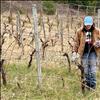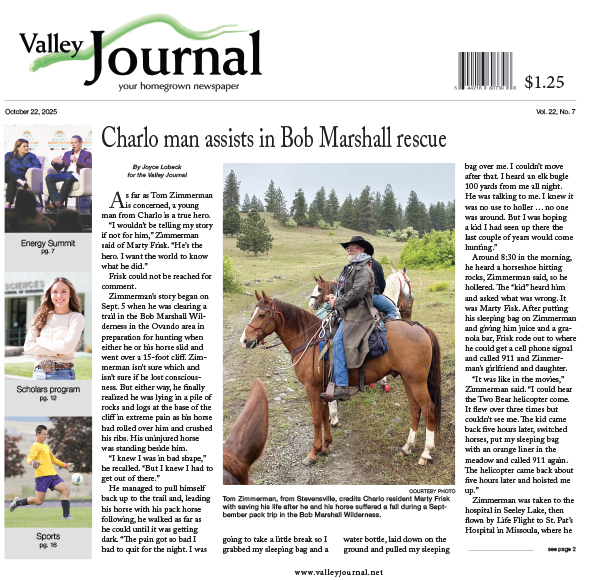- Home >
- News >
- Local News >
- Schools
SKC mulls plans for greenhouse
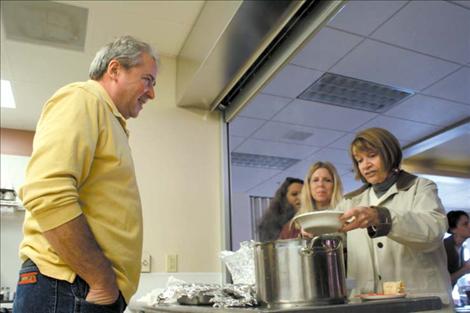
Daniel Martynowicz
Virgil Dupuis mans the chow line as SKC’s Interim Academic Vice President Alice Oechsli helps herself to some stew.
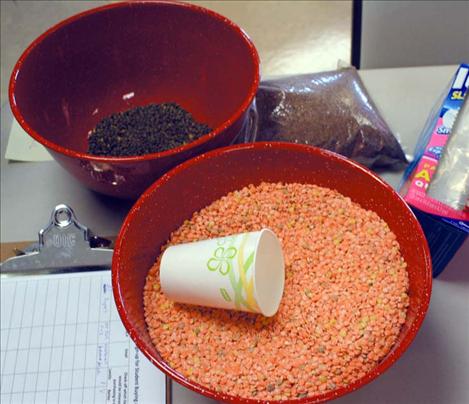
Daniel Martynowicz
Petite crimson lentils await hungry mouths.
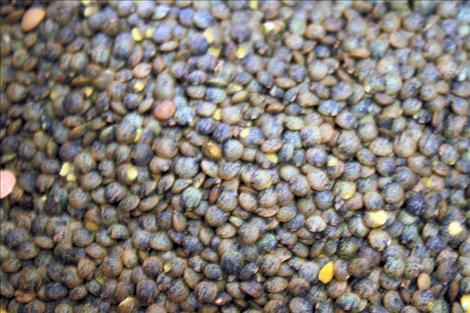
Daniel Martynowicz
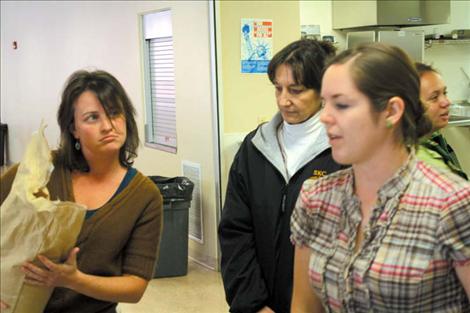
Daniel Martynowicz
Lindsay Howard (left) and Shay Farmer (right) explain the process of cooking lentils
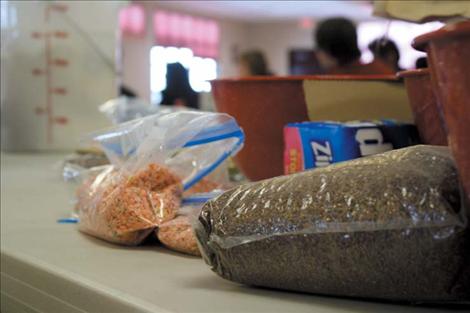
Daniel Martynowicz
Issue Date: 10/31/2012
Last Updated: 10/31/2012 1:10:36 PM |
By
Daniel Martynowicz
Keep Reading!
You’ve reached the limit of 3 free articles - but don’t let that stop you.











